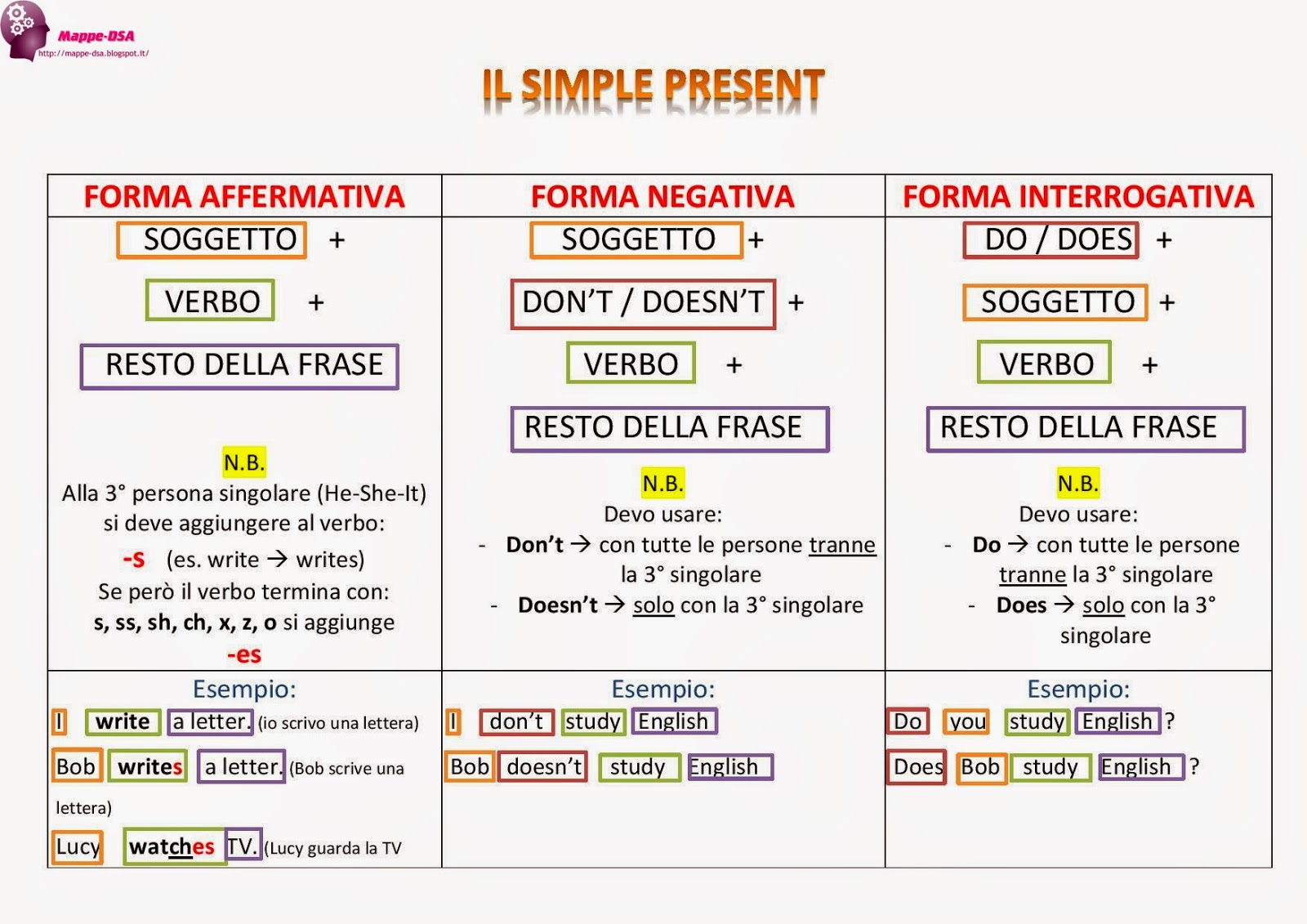Unlocking the Past: The Power of Explainer Videos for Historical Storytelling
In an age dominated by visuals and rapid information consumption, how do we keep the stories of the past alive and relevant? How do we engage new generations with events that shaped our world but might seem distant and irrelevant to their daily lives? The answer lies in leveraging the power of video, specifically, explainer videos, to transform the way we learn and teach history.
Imagine watching a concise, animated video that breaks down the complexities of the Roman Empire's rise and fall, or one that vividly illustrates the struggles and triumphs of the Civil Rights Movement. Explainer videos, with their ability to combine captivating visuals, engaging narratives, and clear explanations, hold the key to unlocking the past for modern learners.
Gone are the days of dry textbook passages and monotonous lectures. Today's learners, accustomed to fast-paced digital content, crave engaging and easily digestible information. This is where explainer videos shine, breathing life into historical events and figures, making them relatable and captivating for audiences of all ages.
The beauty of explainer videos lies in their versatility and accessibility. They can be tailored to different learning styles and age groups, ensuring that complex historical information is presented in a clear and engaging manner. Whether it's through animated characters, dynamic graphics, or archival footage blended with modern visuals, explainer videos possess a unique ability to transport viewers back in time, fostering a deeper understanding and appreciation for the past.
By embracing the power of visual storytelling, we can bridge the gap between generations, ensuring that the lessons of the past continue to resonate in the present, shaping a more informed and engaged future.
Advantages and Disadvantages of Using Explainer Videos for Historical Storytelling
While explainer videos offer a powerful tool for teaching and learning history, it's essential to consider both their advantages and potential drawbacks:
| Advantages | Disadvantages |
|---|---|
| Increased engagement and knowledge retention | Potential for oversimplification of complex historical narratives |
| Appeal to diverse learning styles | Can be time-consuming and expensive to produce high-quality videos |
| Accessibility across various platforms and devices | Risk of viewers passively consuming information without critical analysis |
Best Practices for Creating Engaging Historical Explainer Videos
To maximize the impact of explainer videos for historical storytelling, consider these best practices:
- Thorough Research and Accuracy: Ensure historical accuracy by meticulously researching events, figures, and contexts. Avoid biases and present a balanced perspective.
- Captivating Storytelling: Craft a compelling narrative that hooks viewers from the start. Use emotional connections, relatable characters, and clear cause-and-effect relationships.
- Visual Appeal and Clarity: Employ high-quality visuals, animations, and graphics that enhance the narrative without being distracting. Maintain a clean and organized visual style.
- Appropriate Tone and Language: Adjust the tone and language to suit the target audience's age and understanding. Ensure clarity and avoid jargon.
- Call to Action: Encourage viewers to delve deeper into the topic with further reading suggestions, discussion prompts, or interactive activities.
Frequently Asked Questions about Using Explainer Videos for History
Here are some common questions about leveraging explainer videos for historical learning:
- Q: What are some effective ways to make historical events relatable to modern audiences in explainer videos?
- Q: How can I ensure historical accuracy in my explainer videos?
- Q: What are some tips for choosing the right visuals for historical explainer videos?
- Q: How long should a historical explainer video be to maintain audience interest?
- Q: Can I use humor in historical explainer videos?
- Q: What are some platforms for sharing historical explainer videos?
- Q: How can I assess the effectiveness of my historical explainer videos?
- Q: What are some examples of successful historical explainer videos?
A: Draw parallels to current events, highlight universal human experiences, and showcase the impact of past events on the present day.
A: Consult reputable sources, fact-check meticulously, and seek feedback from historians or subject matter experts.
A: Use a blend of animations, illustrations, and archival footage to enhance engagement and understanding. Ensure visual accuracy and cultural sensitivity.
A: Aim for conciseness, typically between 2-5 minutes, depending on the complexity of the topic.
A: Humor can be effective but should be used cautiously and respectfully, avoiding trivialization of sensitive events.
A: YouTube, educational websites, social media, and classroom settings are all excellent platforms for distribution.
A: Track metrics like viewership, engagement, and feedback to gauge impact. Consider incorporating quizzes or surveys to measure learning outcomes.
A: Channels like TED-Ed, Crash Course, and Oversimplified offer excellent examples of engaging and informative historical explainer videos.
In conclusion, explainer videos have emerged as a transformative force in the realm of historical education, breathing new life into the stories of the past and making them accessible to a wider audience than ever before. By harnessing the power of visual storytelling, engaging narratives, and clear explanations, we can ensure that the lessons of history continue to resonate with current and future generations. As we move forward in an increasingly digital world, embracing innovative approaches like explainer videos will be crucial for fostering a deeper understanding and appreciation for the events and individuals that have shaped our world.
Unveiling the magic your guide to discovering a discovery of witches audiobook
Need to send documents quickly find out about planet home lending llc fax number
Dead battery car battery chargers and jump starters to the rescue













